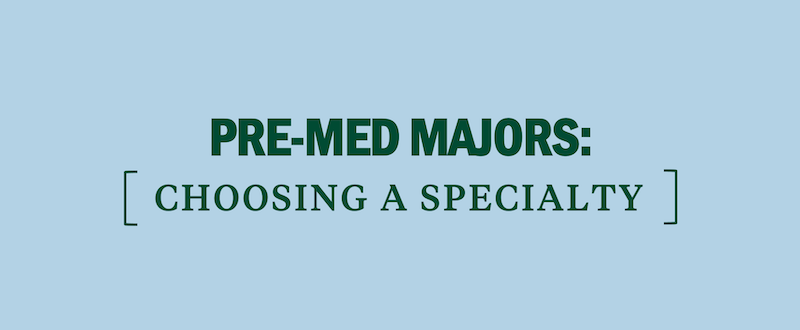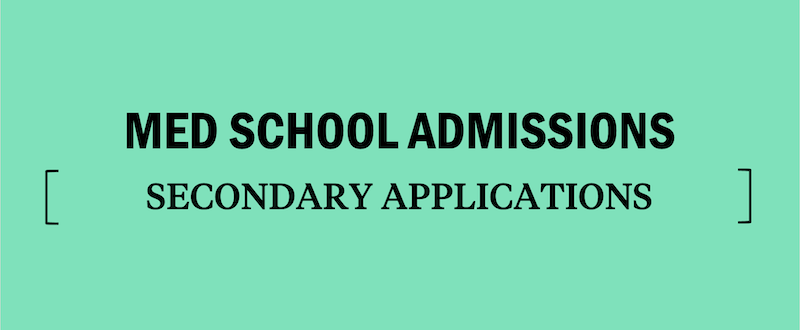Stanford University School of Medicine Requirements, Tuition, and More
We’re covering everything you need to know as you consider applying to Stanford University School of Medicine. You’ll learn about acceptance rates, application deadlines, MCAT scores, tuition, curriculum, and more.
[ RELATED: MCAT Prep Courses Near Palo Alto, CA ]
All About Stanford Medicine
Founded in 1858 by Dr. Elias Samuel Cooper, Stanford Medicine boasts the highest funding per researcher ratio in the country today ($381 million), and is home to seven current Nobel Prize winners and 37 members of the National Academy of Sciences. Stanford Medicine consistently ranks among the top medical schools in the country.
With a total enrollment of 494 full-time students (48.8% female/51.2% male) and 1,046 full-time faculty members, the faculty-student ratio at Stanford Medicine is an impressive 2.1:1. Cohorts do not exceed 100 students, ensuring a strong sense of community that is enhanced by mentorship services like the 1st Generation Mentorship Program. This program connects first-generation Stanford Medicine students—those who are the first in their family to be born in the United States—to faculty, alumni, and medical professionals, giving students personal, professional, and academic support through sustained mentorship. All students are required to participate in the Scholarly Concentrations program, in which students pursue faculty-mentored scholarly work based on individual interests. Additionally, incoming medical students are paired with a faculty mentor through the Educators-4-CARE program, which prepares students to be compassionate, empathetic healthcare professionals.
Stanford Medicine’s flexible and newly-revamped M.D. Discovery Curriculum trains students through a “flipped-classroom” model, moving lectures online so that students can learn at their own pace and instead use classroom time for interactive, immersive, and simulation-based learning. To ensure students are able to learn at their own pace and pursue their own academic interests, blocks of unscheduled time are built directly into the curriculum—this allows students to study, collaborate with their peers, participate in elective courses, or conduct research. Worth noting, too, is that the school offers multiple learning pathways so students can individualize their curriculum, choosing, for example, to participate in global health research experiences or to pursue a wide range of dual-degree opportunities. Students can pursue the following degrees in conjunction with their MD: an MPH., MBA., Master’s of Science in Epidemiology or Health Services Research, or a PhD.
The Curriculum at Stanford University School of Medicine
Stanford’s M.D. Discovery Curriculum was redesigned in 2016-2017 based on feedback from faculty and students. As a result, pedagogy and student assessment have been improved, new courses have been added, and old ones have been redesigned. These new courses provide students with earlier clinical experience, pharmacology education, repeated exposure to core concepts, and sustained engagement with advanced topics. Additionally, students now have the option to complete the pre-clerkship curriculum in three years rather than two years, giving them increased flexibility and more opportunities for longitudinal scholarship and to pursue a dual-degree, if interested.
In the M1 year, students complete their Foundations of Medicine, Practice of Medicine, and Science of Medicine courses at the same pace. However, in the second year, students are given the option to complete the remainder of their pre-clerkship curriculum at full pace, or divide it up over two years. Students who take the traditional two-year pre-clerkship route will take six half-day courses per week. Because there are no classes on Wednesdays or during the summer, students have time to pursue additional scholarship or research. Students who wish to apply for the extended three-year pre-clerkship must do so before their second year of study.
A pioneer in the field of immersive and simulation-based learning, Stanford Medicine ensures that learning transcends the classroom and spills over into real-life experience. Stanford Medicine’s simulation centers—which come equipped with a computerized mannequin and a faculty-operated control room—are able to replicate clinical environments. Here, students may be presented with a medical or trauma case. As students work, the supervising faculty member adjusts the vital signs of the mannequin based upon how the students treat the “patient,” giving students the opportunity to learn from their mistakes in a way that traditional apprenticeship training does not allow.
In addition to the MD track, the school has several dual-degree programs:
MD/PhD in Medical Scientist Training Program (MSTP) – this program enables incoming medical students to pursue their MD in tandem with the PhD, equipping them with the tools they need for careers in academic investigative medicine. MSTP students are accepted into the program through the MD admissions process.
PhD/MSM Program – the Master’s of Science in Medicine program exposes PhD candidates to clinical medicine and translational research techniques, providing them the tools they need to translate new scientific discoveries into medical advances.
MD/MS degrees – in bioengineering, biomedical informatics and investigation, community health and prevention research, epidemiology, and health services research.
MD/MBA program – this dual-degree bundles medical and business training in a five-year curriculum. This program is ideal for those interested in health-care management and business administration.
MD/JD – this is a joint degree in law, public policy, and medicine. Career opportunities include those with law firms, medical device makers, biotech companies, and more.
MD/MPP – this is a joint degree in public policy and medicine.
How Has Stanford University School of Medicine Made an Impact?
After more than 150 years in medical education, it should come as no surprise that Stanford University has a long list of notable achievements:
- Pioneered linear accelerator technology to treat cancer
- Demonstrated method of stimulating the auditory nerve in deaf patients, paving the way for cochlear implants
- Conducted the first adult human heart transplant in the United States
- Discovered a new class of immune response genes, suggesting for the first time
that people may have predictable susceptibility to certain diseases - Carried out the first successful human combined heart/lung transplant in the world





